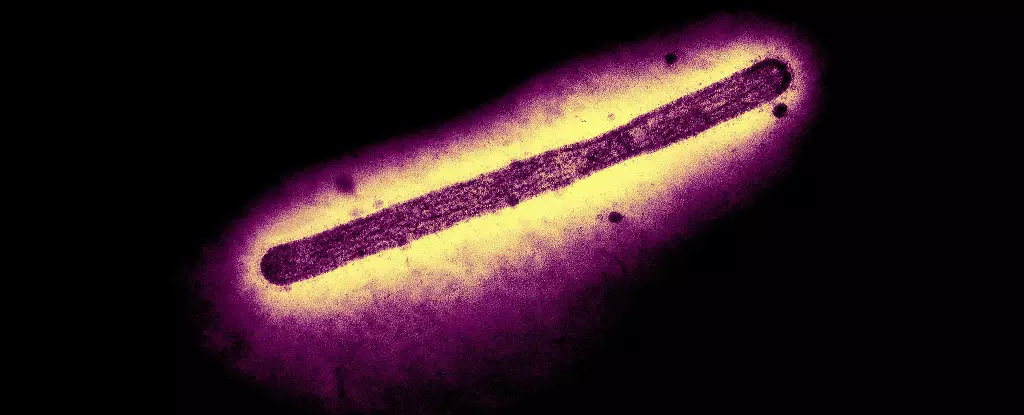As the threat of bird flu continues to loom large in the United States, new developments have experts scrambling to understand the potential consequences. The H5N1 strain of avian influenza, initially recognized for its infection prevalence in birds, has revealed alarming signs of adaptability, particularly following recent infections in humans and cats. The interplay of these infections underscores a critical need for vigilance, enhanced research, and public health preparedness.
In recent weeks, a stark report from the Centers for Disease Control and Prevention (CDC) highlighted a troubling case in Louisiana, where an elderly patient was diagnosed with a severe H5N1 infection. The analysis indicated that the virus might be mutating in ways that could bolster its ability to affect human airway cells. While mutations were identified in the viral sample collected from this patient, the CDC emphasized that these genetic changes had not been found in the birds from which the infection is believed to have originated. This suggests that these alterations were a result of the virus evolving within the human host rather than from its initial source.
Experts remain divided on the implications of these findings. Angela Rasmussen, a virologist, pointed out that while the mutations might assist the virus in gaining entry to human cells, further investigation is necessary to determine if they enhance the virus’s transmissibility among humans. Despite the alarming nature of these mutations, experts urge caution, as similar adaptations were noted in past cases without leading to widespread outbreaks.
The key concern echoed by the scientific community is whether these changes truly herald an increased risk of a pandemic. Thijs Kuiken, a virologist from the Netherlands, reiterated that efficient binding to human cells is only one component of a complex process required for successful viral transmission. Maladaptive mutations could potentially lead to milder infections localized in the upper respiratory tract, resulting in symptoms typically associated with common colds rather than severe respiratory illnesses.
These cautionary notes provide a glimmer of hope; yet, as Rasmussen points out, the elevated number of human cases in recent years, currently reported at 65 in 2024 alone, raises red flags. The broader implications of these cases are particularly worrisome when considering that several infections may go unnoticed, particularly among those working closely with poultry or livestock.
Increasing cases of bird flu in felines further complicate the landscape. Recently, the virus has been connected to the death of pet cats, including a tragic case in Oregon where a cat that consumed contaminated raw pet food succumbed to H5N1. Genome sequencing confirmed that the strain present in the pet food matched that of the deceased cat, igniting fears about the potential for animal-to-human transmission.
More concerning was the report of multiple big cats in a Washington sanctuary contracting the virus, showcasing that the virus extends beyond domestic cats to larger felines. This rise in cases warrants serious consideration of how well domestic pets could serve as intermediaries for the virus, transferring it back to human households after interacting with wild birds or consuming contaminated foods.
With the backdrop of ongoing avian flu outbreaks, researchers now confront the potential for rapid evolutionary changes. The CDC’s alert regarding the circulation of H5N1 prompts worry that as the virus intertwines with seasonal influenza, it could trigger adaptations that lead to more severe forms of the disease or even the emergence of a novel pandemic strain similar to those seen in the historic flu pandemics of 1918 and 2009.
Scientists, including Rasmussen, emphasize the importance of close monitoring and research to understand how these influences could interact within populations. The possibility that the avian flu could evolve through genetic reassortment with human influenza strains necessitates continual vigilance from both public health officials and the scientific community.
The intertwining of bird flu with other infectious reservoirs in humans and domestic animals demands a dedicated response from health authorities. Educational efforts must center around preventive measures, the importance of biosecurity in pet food manufacturing, and expanded surveillance of both bird and mammal populations. The need for emergency preparedness plans that can be accessed quickly in the event of a sudden outbreak is critical. The evolution of H5N1 offers a potent reminder of the challenges public health could face in grappling with zoonotic diseases, emphasizing that collective action and proactive policymaking are paramount to safeguarding human health.


Leave a Reply